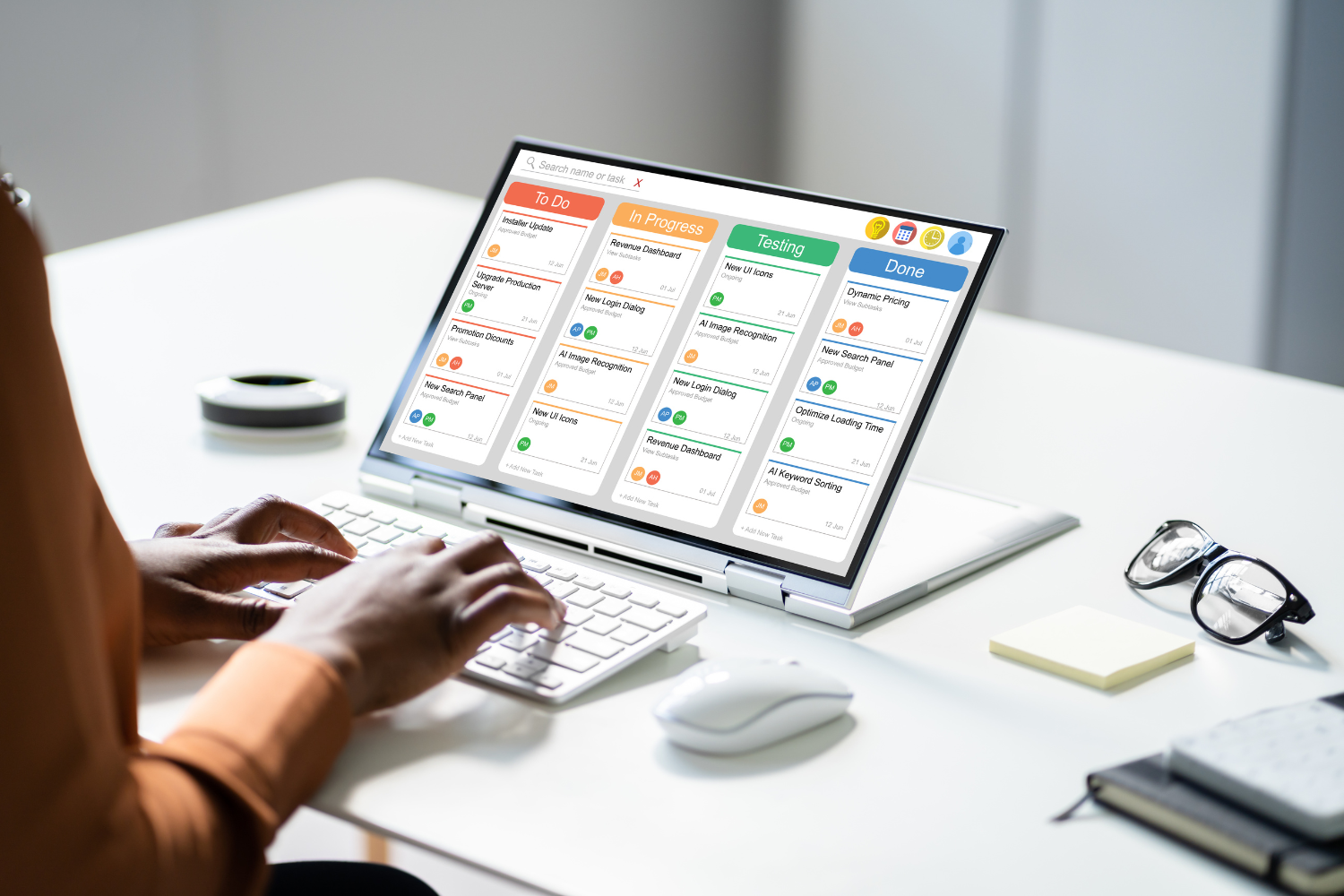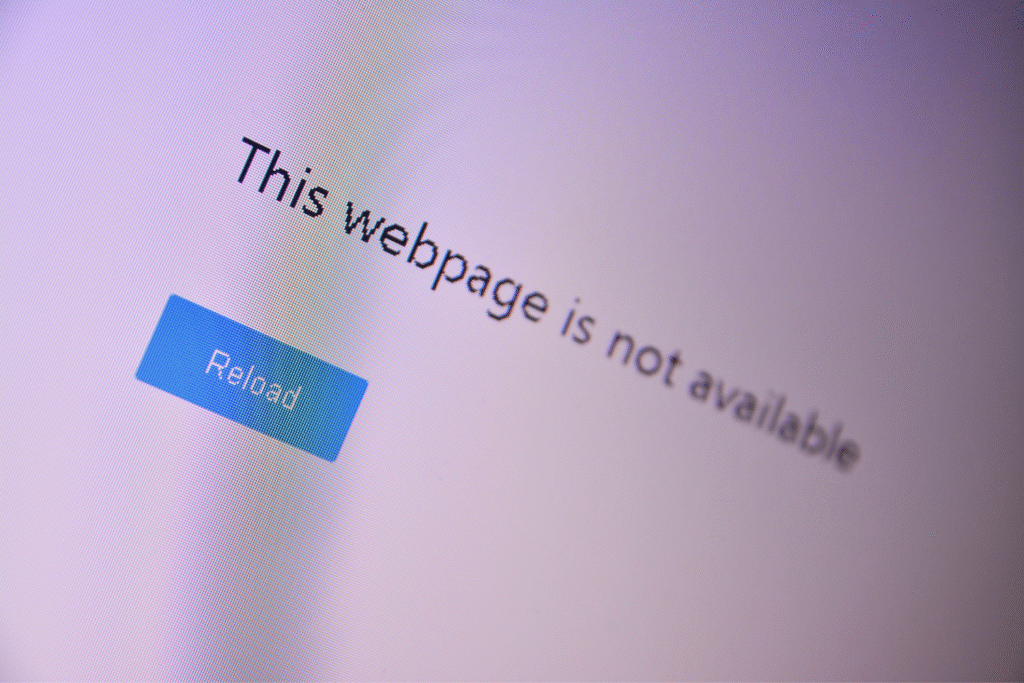Choosing the right tools for onboarding Filipino employees is critical for building a productive and loyal remote team. Filipino workers often value personal connections, clear expectations, and strong team cohesion, especially during the first few weeks. A well-structured onboarding process with the right tools creates a supportive environment, helps new hires understand company policies, and reduces confusion caused by time zone differences or remote work setups.
Remote Filipino teams benefit from video calls, project management tools, and onboarding programs encouraging knowledge sharing and role-specific training. Using the right tools from day one sets the stage for employee engagement, long-term success, and a smooth integration into your business operations.
What Filipino Remote Employees Need on Day One
Many Filipino remote workers adapt more easily when the onboarding process is structured, clear, and supported by the right tools. They expect easy access to helpful resources that explain company policies, job-specific skills, and systems without confusion. This builds early confidence and helps new team members connect with your company’s mission and work environment from the start.
New employees in the Philippines value low-pressure, real-time check-ins that show your HR team is available to help. A clear onboarding program with direct support communicates professionalism, improves employee morale, and makes the process smooth. This approach allows employees to feel respected, supported, and ready to contribute to your company’s success.

Must-Have Tools for a Smooth Onboarding Process
The right tools help make your onboarding process easier, faster, and more effective. Here are key elements to include in your virtual onboarding setup.
1. Communication Tools
Good onboarding starts with clear and consistent communication. Filipino employees appreciate regular check-ins and casual conversations that help them build personal connections and team cohesion. Communication tools should support both group training and private support channels.
Slack and Microsoft Teams are commonly used for quick updates, casual chats, and daily team-building activities. These tools help remote team members stay connected and informed without relying heavily on long emails.
Platforms like Zoom and Google Meet are important for welcome calls and training sessions. They allow face-to-face interaction, strengthening trust and building familiarity across time zones. This matters because Filipino work culture values both personal relationships and direct interaction. Combining video and chat tools supports those needs while promoting employee engagement from the start.
2. Task and Project Management Tools
Filipino workers perform better when tasks are assigned and tracked. Project management tools reduce confusion, support accountability, and help your onboarding efforts feel more organized.
Platforms like Asana, Trello, and ClickUp clarify assignments and deadlines. These tools provide structure and make responsibilities easier to follow. They’re especially helpful for remote team members adjusting to your business operations.
Loom is also valuable—it lets managers record task walkthroughs, helping new employees learn at their own pace. This reduces repetition and supports async learning, which is useful when working with remote Filipino teams across time zone differences.

3. Training and Documentation Platforms
Training tools should give your Filipino team access to clear documents, visual instructions, and step-by-step guides. These support role-specific training and reinforce your employee onboarding strategies.
Platforms like Notion and Google Docs allow you to build team wikis, share SOPs, and organize welcome packets in one place. They promote knowledge sharing and help new hires reference essential information on their own.
Trainual and Scribe go a step further by creating repeatable training modules with built-in visuals. These tools can be helpful for visual learners and teams that benefit from clear, step-by-step guidance and help reduce misunderstandings. Since employees in the Philippines may hesitate to ask questions openly, visual aids help fill those gaps and make onboarding smoother.
4. Time Tracking and Work Hours Visibility
Working with remote Filipino teams means managing time zone differences and setting expectations around availability. Time tracking tools show when team members are online, improving visibility and coordination.
Time Doctor, Hubstaff, and Toggl help monitor working hours and make it easier to coordinate across time zones. These tools monitor work sessions, break times, and task duration without being invasive. Discussing flexibility versus core hours during the onboarding process is important.
Filipino employees appreciate clear boundaries around expected availability, especially when following Philippine labor laws like service incentive leave, health insurance requirements, and overtime pay. These tools support proper time tracking, which can assist with meeting legal compliance requirements when paired with appropriate policies and oversight, and keep remote work schedules efficient.
5. Feedback and Check-in Tools
Consistent feedback builds trust and supports long-term employee retention. Filipino employees respond well to tools that make feedback easy, private, and constructive.
Google Forms, Typeform, and Lattice are useful for weekly check-ins, onboarding surveys, and 30/60/90-day reviews. These tools offer anonymous or structured ways for remote employees to share feedback more comfortably, raise concerns, or ask questions anonymously.
Gathering feedback from your Filipino team helps improve your onboarding efforts, boosts employee morale, and keeps your onboarding program aligned with your company culture. This level of support may help new team members adjust more easily and contribute to better job satisfaction over time.
Extra Tools That Add a Human Touch
A good onboarding process doesn’t stop with training and tasks. Adding personal touches helps remote Filipino workers feel connected, valued, and part of the team from day one.
Culture and Engagement Tools
Filipino employees value team connections and a welcoming work environment. Culture-building tools like Donut, a Slack add-on, help introduce new team members through casual conversations and buddy pairings. This promotes personal connections without forcing uncomfortable icebreakers.
Adding virtual team-building activities—like icebreaker templates or simple online games—makes it easier for remote team members to connect, especially in the first few weeks. These tools increase employee morale, support company culture, and help new hires adjust to your remote team faster.

Welcome Kits and Visual Walkthroughs
Sending a digital welcome kit adds a layer of care to the onboarding process. Using Canva, you can design visually engaging packets highlighting your company’s mission, team structure, and first-week goals. For Day 1 orientation, tools like Google Slides or simple PDF guides help set expectations and walk new employees through the onboarding program. This visual approach is helpful when onboarding employees in the Philippines, where visual learning often improves clarity and makes the process smooth.
How to Choose the Right Tools for Your Team
Selecting the right tools depends on your team’s needs, location, and access to resources. These tips will help align your onboarding tools with your broader recruitment strategy.
Match Tools to Your Team’s Tech Comfort Level
Some Filipino workers may be new to certain platforms. Introducing too many tools at once can confuse new hires and slow progress. Focus on a small set of the right tools that support your onboarding efforts without overwhelming your team. Choose platforms that support job-specific skills, employee orientation, and communication without adding unnecessary steps.

Prioritize Mobile-Accessible Platforms
Not all remote workers in the Philippines can access high-end computers or strong internet. Tools should work well on mobile devices and remain usable even with slower connections. This ensures every member of your Filipino team can access the onboarding process without delays, regardless of their device or location. Prioritizing mobile access helps ensure all employees can access onboarding tools, while separate steps must be taken to comply with the Philippines Data Privacy Act regarding secure data handling, especially when handling personal data securely.
Build in Redundancies for Outages
Power interruptions and unstable internet can affect employees in the Philippines. Having offline-ready backups, mobile-friendly links, and cloud-based access keeps training on track during outages. These steps show your HR team is prepared and committed to supporting remote Filipino teams through local infrastructure challenges. It also helps maintain legal compliance and ensures new hires receive consistent onboarding regardless of location.

Equip Your Team with the Right Tools from the Start
Onboarding tools for Filipino employees are more than just platforms—they help build trust, improve team cohesion, and support long-term employee retention. A good onboarding process combines clear communication, accessible training materials, and structured check-ins to help new team members feel ready and valued. With the right tools, your remote onboarding program creates a strong foundation for productive employees and smooth business operations.
Frequently Asked Questions
What tools help onboard Filipino remote workers?
Communication, project management, time tracking, and training tools like Slack, Zoom, Asana, and Notion help onboard Filipino remote workers effectively.
How do I create an onboarding system for Filipino hires?
Use a step-by-step onboarding program with clear schedules, visual training, buddy systems, and feedback check-ins adapted to Filipino work culture.
Should I use video or written documentation for training?
Use both—videos help explain tasks clearly, while written documentation supports review and helps with clarity over time.
How do I collect feedback from new Filipino team members?
Use tools like Google Forms or Typeform to gather anonymous and open feedback during the first 30, 60, and 90 days.
What’s the best way to introduce tools on Day One?
Keep it simple—start with only the essential platforms, walk through each one, and make sure support is available if questions come up.
References
- Department of Information and Communications Technology. (n.d.). National Broadband Plan. https://dict.gov.ph/national-broadband-plan
- Labor Law PH Library. (2023). Handbook on Workers’ Statutory Monetary Benefits. https://library.laborlaw.ph/wp-content/uploads/2023/10/2023-Handbook-on-Workers-Statutory-Benefits.pdf
- National Privacy Commission. (2012). Republic Act 10173 – Data Privacy Act of 2012. https://privacy.gov.ph/data-privacy-act/
- Philippine Statistics Authority. (n.d.). About Labor Turnover Statistics. https://psa.gov.ph/statistics/labor-turnover-survey/about
- The LawPhil Project. (2025). Presidential Decree No. 442, AS AMENDED May 1, 1974. https://lawphil.net/statutes/presdecs/pd1974/pd_442_1974.html




